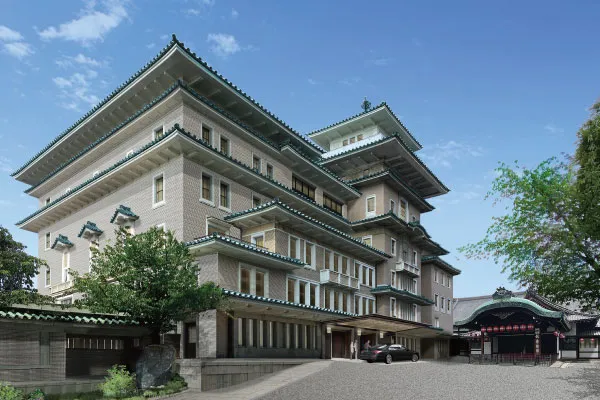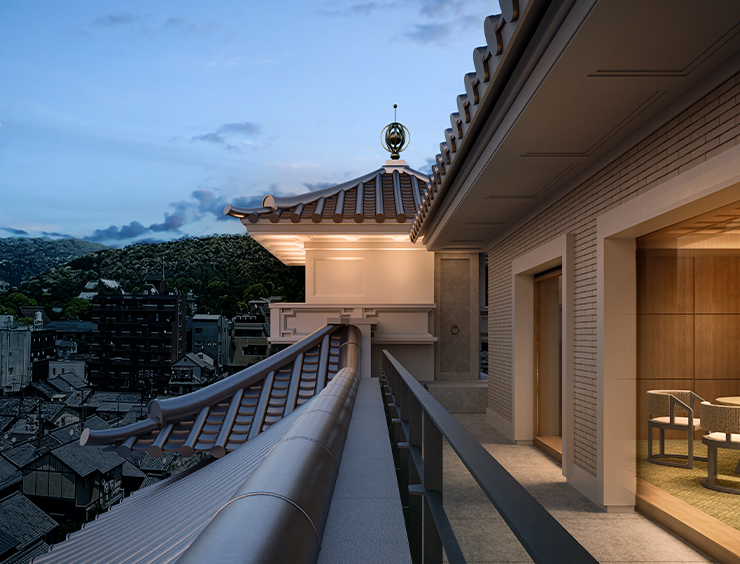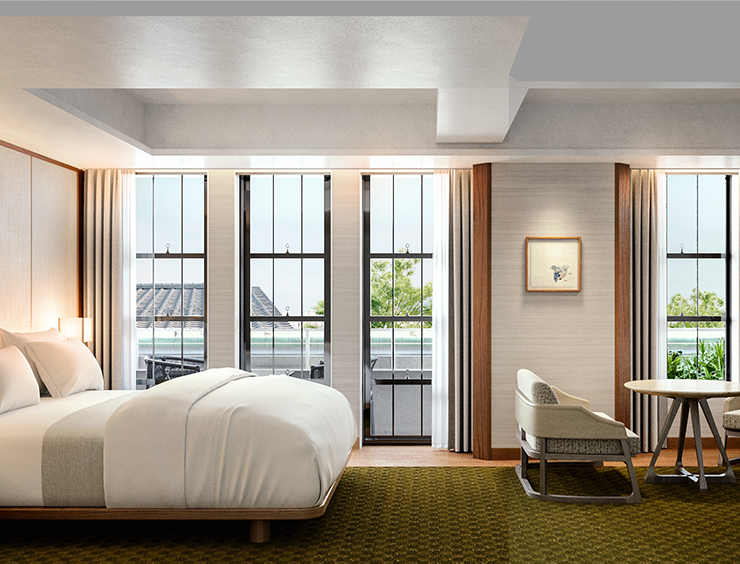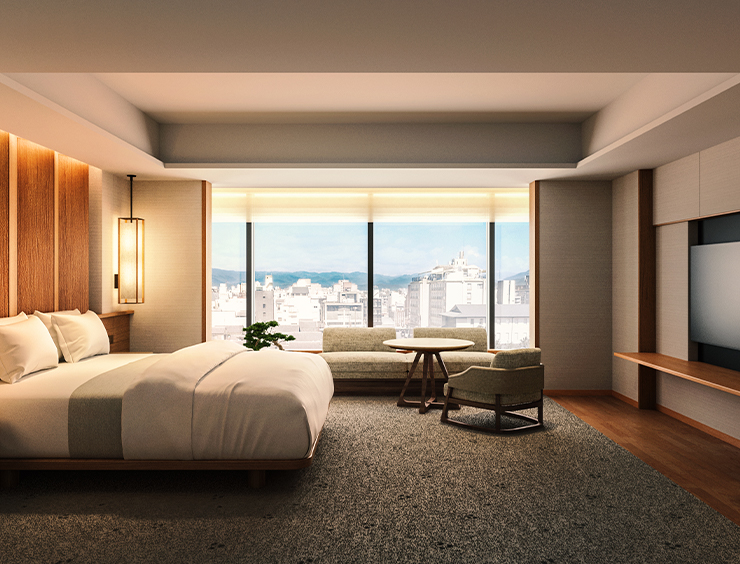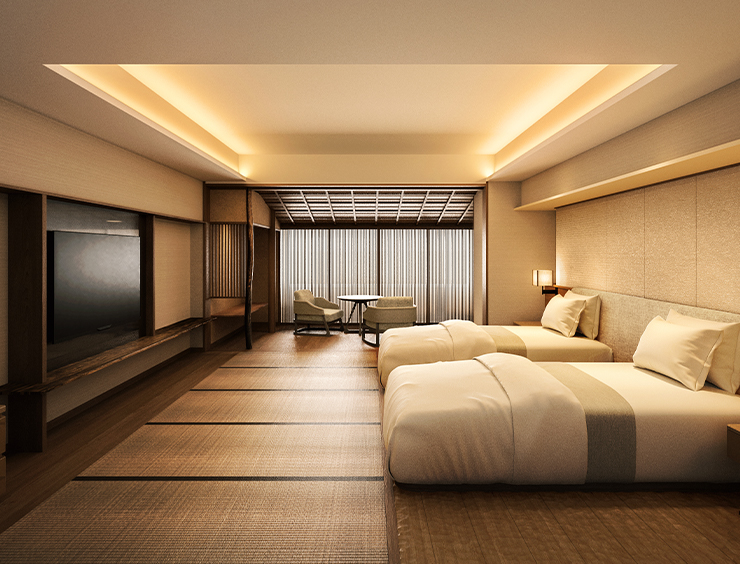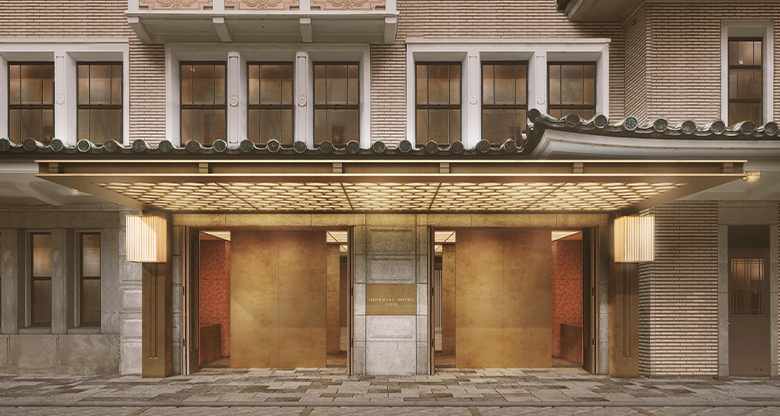Special Offers
Rooms and Suites
Search for Rooms
Recommended Offers
Dining and Bar
Our Stories
The Imperial Hotel, Kyoto embraces the legacy of the Yasaka Kaikan, carrying the spirit of Gion into the future. With the hopes and aspirations entrusted to this moment, a new chapter now begins to unfold.
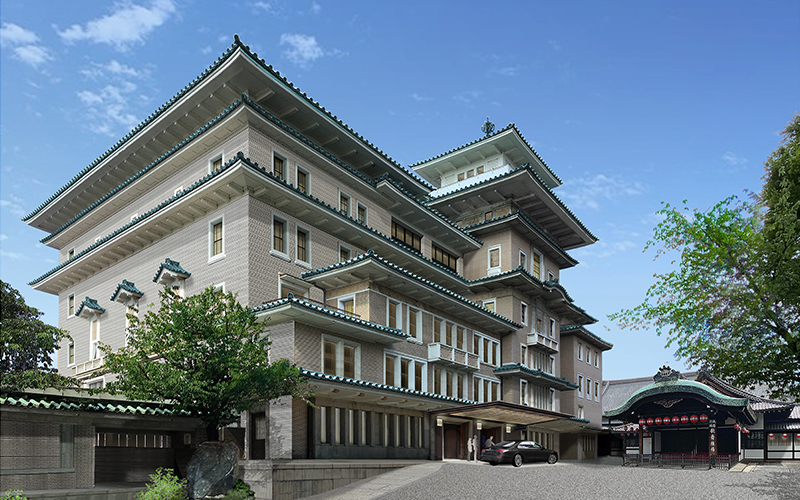
Hotel Shop
Our pastry shop offers a curated selection of the Imperial Hotel’s beloved classics, alongside an array of pastries freshly baked in-house each day.
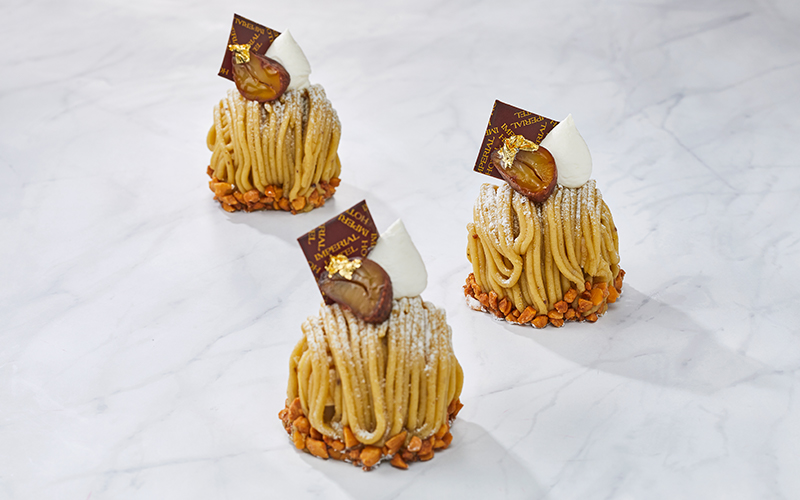
MEMBERSHIP
Members of the Imperial Club International enjoy a vast array of privileges.
The membership is free of charge and you can apply online.
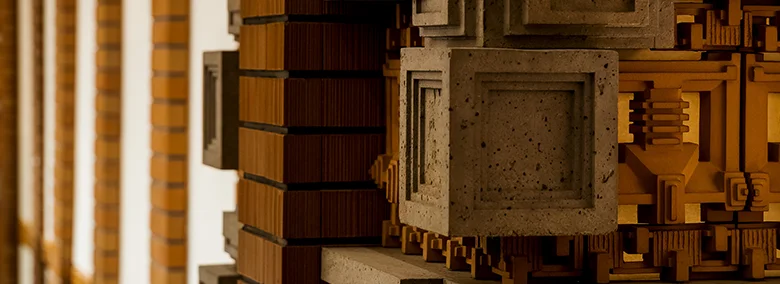
 Digital Account for the Imperial Hotel
Digital Account for the Imperial Hotel
ID offers you exclusive complimentary or discount coupons, as well as seasonal announcements and the latest information delivered straight to your inbox.
 Imperial Club International
Imperial Club International
We invite you to apply for Imperial Club International membership at no charge through our website.

